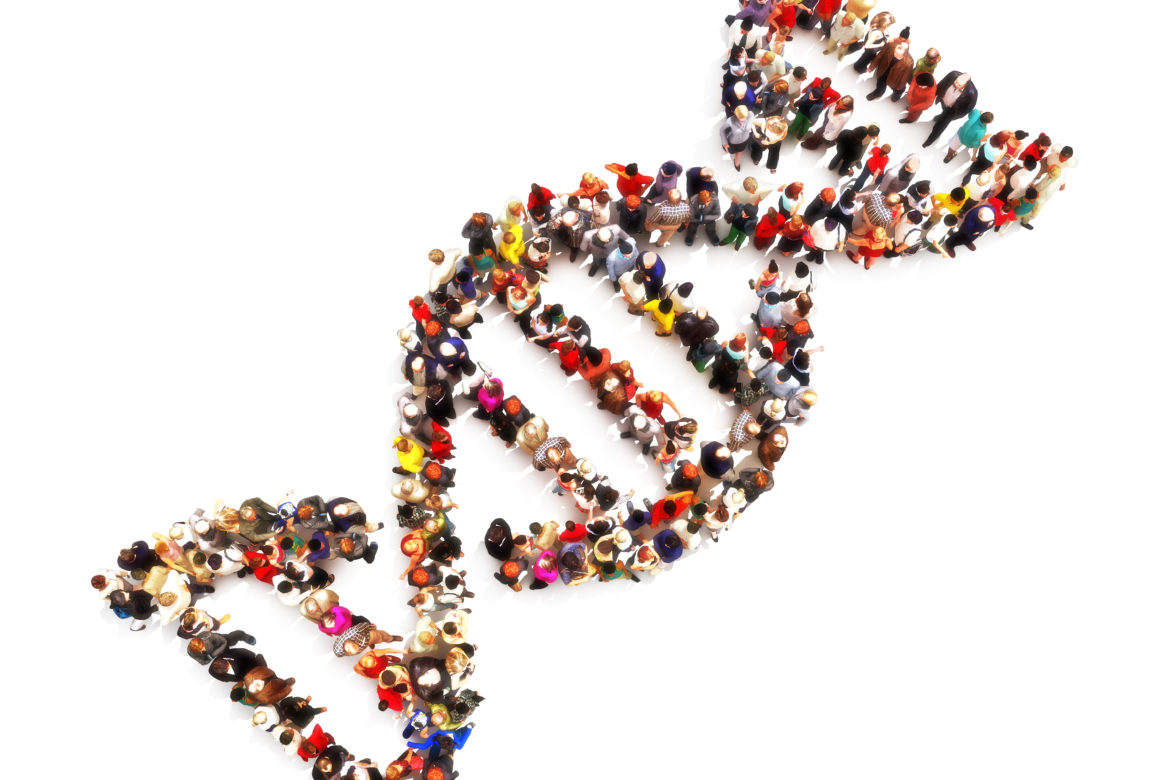If one of your family members has had a DNA test, you may be wondering if this will show the same results as your own DNA test might. You may even forego taking a DNA test completely, due to this. If you and your siblings share the same ancestry, shouldn’t you have the same results? DNA is slightly more complex than this, so there is likely to be some differences between your own DNA test and the DNA test of a blood relative. You might also get slight differences between various DNA testing companies, depending on their own processes and the data that they have available to work with. Here are some of the things that you need to know about how your DNA tests will compare to the DNA tests of your relatives.
Siblings and Similarities
Have you ever noticed that some siblings look alike while others look very different, even though they have the same ancestry? This is due to the differences in the way that DNA is distributed. Ultimately, you may assume that you have 50% of the same genetics as your siblings, but this isn’t necessarily true. A process called genetic recombination impacts the differences between your specific DNA and the DNA set of your siblings.
The only siblings that will have exactly the same DNA test results are identical twins. Identical twins are unique in that their DNA comes from the same combination of genes, unlike any other set of siblings. Even fraternal twins won’t necessarily get the same results from a DNA test. It can be beneficial to obtain a DNA test even if your siblings have obtained the same testing. You might want to obtain the test from the same company in order to see the differences in your genetics, rather than differences in the companies.
How DNA Works
DNA is comprised of 46 sets of chromosomes. 23 of these chromosomes will come from the mother and 23 sets of chromosomes come from the father. Each parent also has 2 different sets of 23 chromosomes. The various chromosomes are passed on essentially at random. This means that each combination that is passed on to the child is unique. Though you may think that it is simply a 50-50 chance, it is far more complex.

For example, examine the chromosomes that determine eye color. The mother’s first set of chromosomes contains the coding for blue eyes. Her second set of chromosomes contains the coding for brown eyes. Both sets of the father’s chromosomes contain the blue eye gene. The mother randomly passes on the blue eye gene, while the father passes on the blue eye gene, as well. This child has blue eyes. For their next child, the mother randomly passes on the brown eye gene along with one of the father’s blue eye genes. This child has brown eyes. This random distribution ensures that each child essentially has a 50% chance of getting one particular chromosome set from each parent. However, the chances of having the same chromosome set decreases with each pair of chromosomes.
Genetic Recombination
Genetic recombination is what results in varying DNA test results between siblings. Each sperm or egg will have its own unique combination of genes. Take the mother’s chromosomes. The chromosomes that make up one of her eggs will be made up of random combinations of each set of her chromosomes. This can result in different large sections of DNA being passed on through the specific egg. Ultimately, this means that genetic recombination changes the results that an individual will get from their DNA test based on a random combination caused by the DNA lottery. This results in the possibility of many differences between siblings.
It is important to consider how this can impact genetic results. Say the mother has 25% of her DNA that indicates Germanic ancestry. She won’t necessarily pass on all of this to her children. It will likely be a random combination. In fact, based on the random combination, she may not pass on any of the chromosomes indicating Germanic ancestry. For another child, she might pass on a far higher proportion of her Germanic chromosomes. This explains the differences between your DNA test results and those of your sibling.
Factors that Increase Differences
There are certain factors that will increase the likelihood and significance of differences in your genetic test results and the genetic test results of your relatives. Ancestors of mixed origin will pass on a different combination of genes to their children. This means that the more ancestors that you have that are of mixed origin, the greater the effect of recombination will be. This generally results in larger variations between DNA test results, even for siblings. The more possibilities that can be recombined result in larger differences.
How DNA Tests can Benefit your Genealogy Research
It can be extremely beneficial to obtain DNA tests when you begin genealogy research. Understanding where your ancestors came from can help you to search in the right places for records. It can also help to connect you with other people that have similar interests to your own. DNA test results can be used to show you people that you are distantly related to. If they have done genealogy research, you may be able to benefit from their findings. These tests can also help to provide you with proof regarding your ancestry, which can be particularly beneficial if parentage is in question. Genealogy research can help you to feel closer to your ancestors and provide you with a more thorough understanding of who you are.
Here at Heritage Consulting, we offer professional genealogy services to help with your genealogy project. These services can be particularly valuable when you come to a wall in your research. Implementing the services of a professional can go a long way toward aiding in your project, validating your results, and providing proof of your ancestry. To learn more about our genealogy services and how they can help to further your research project, contact our professional team at Heritage Consulting today!





